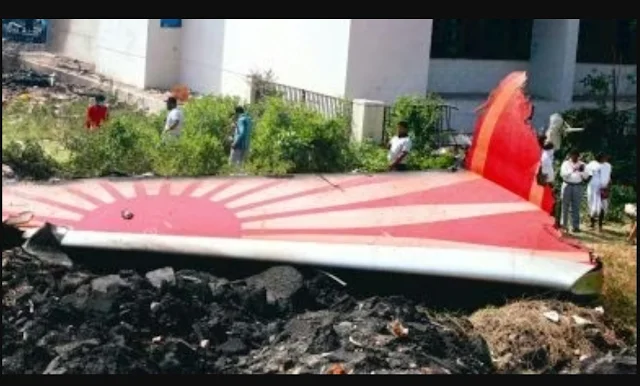Air India Crash:- Engine fuel switches were cut off before Air India crash, one pilot heard saying he ‘didn’t do it’: Preliminary probe report
Air India Crash:- Engine fuel switches were cut off before Air India crash, one pilot heard saying he ‘didn’t do it’: Preliminary probe report
It is worth noting that the preliminary report is only an account of the initial findings of the investigation, and is subject to change on the basis of the progress of the probe over the the coming months. Air crash accidents are extremely complex and time-consuming exercises, taking months and sometimes even years to conclusively identify the causes. The AAIB is expected to release the final probe report within a year of the crash.
Notably, the preliminary report mentioned that the US Federal Aviation Administration (FAA) had in 2018 issued a Special Airworthiness Information Bulletin (SAIB) regarding the “potential disengagement of the fuel control switch locking feature”. Air India, however, did not carry out the inspection as the SAIB was merely advisory and not mandatory. According to the report, the scrutiny of maintenance records revealed that the cockpit’s throttle control module—which houses the fuel control switches among others—was replaced in 2019 and 2023, but the reason for replacement was not linked to the fuel control switches. It added that no defect was reported pertaining to the fuel control switch since 2023 on the aircraft.
All applicable Airworthiness Directives and Alert Service Bulletins were complied on the aircraft as well as engines,” the report said.
The report also stated that the flap position was at 5 degrees, which is consistent with take-off flap settings. There had been some speculation earlier that the aircraft’s flaps may not have been in the right configuration for take-off and thereby did not provide sufficient lift to the aircraft.
According to the report, there were no weather-related issues with the flight and the aircraft’s take-off weight was well within permissible limits for the given conditions. It added that there were no ‘dangerous goods’ on board the plane.
On the status of the investigation, the initial report said that wreckage site activities including drone photography and videography have been completed, the wreckage has been moved to a secure area near the airport, engines have been quarantined at a hangar at the Ahmedabad airport, components of interest have been quarantined for further examination, black box data is being analysed in detail, statements of eyewitnesses and the lone survivor have been taken, and more details are being gathered based on additional leads.
It added that only limited amount of fuel samples could be retrieved from the aircraft, and will be tested at a suitable facility. Fuel samples taken from bowsers and tanks used to fuel the aircraft at the Ahmedabad airport were found to be satisfactory. Dual engine failure due to fuel contamination was another theory doing the rounds.
“At this stage of investigation, there are no recommended actions to B787-8 and/or GE GEnx-1B engine operators and manufacturers. Investigation is continuing and the investigation team will review and examine additional evidence, records and information that is being sought from the stakeholders,” the preliminary report said.



.jpeg)






.jpeg)




.jpeg)

.jpeg)
.jpeg)
Post a Comment